Motifs are a great way to imbue a project with extra layers of meaning and substance. Through the use of intentionally placed visual or audio cues, a filmmaker can make any character, object, location, or sound into something much more than the sum of their parts. They become ideas representative of a greater theme and can often make all the difference in communicating to an audience what a scene or narrative is REALLY about.
To better understand how motifs work and how to use them effectively, we’re going to break down an example filled with symbolic meaning — the world of, Breaking Bad.
MOTIF DEFINITION
What is a motif in film?
A motif is a repeated narrative element that supports the theme of a story. A motif in film can be presented in a number of ways like physical items, sound design, lines of dialogue, music, colors, and symbols. Any motif used will vastly improve your story if it has narrative significance.
Visual motifs in film use recurring patterns through props, set design, costumes, symbols, and events to support the intended theme of a story.
What does a good motif do?
- Supports the theme of a story
- Is a recurring element in a story
- Enhances your narrative elements
Breaking bad themes and symbols
Motifs and theme
Symbolic props serve as great building blocks for motifs in film. The Breaking Bad universe uses countless examples of this, even as early as the pilot episode.

Breaking Bad Motifs • First Minutes of the Show
One of the very first images we see in the pilot are a pair of pants flying in the wind: an intriguing visual symbolic of a clearly chaotic situation.

Breaking Bad Motifs • Visual Symbolism of Pants
Soon after, we see a Winnebago filled with bodies flying down a desert road driven by a mad man in his underwear; the promise of this symbol fulfilled. But as the episode progresses, we see the repeated presence of this symbol becoming something more: A theme of control. Obviously, the pants in the breeze would indicate a clear LACK of control in the situation, but let’s look at the other story beats where the pants arise.
After Walt discovers he has cancer, he takes up his DEA agent brother in law’s offer of going on a ride-along to a meth lab bust. While waiting in the car, he notices an old student, Jesse Pinkman, escaping the scene of the crime. What he literally sees is Jesse hopping out of a window and trying to put on his pants before falling off the roof. Another moment of chaos punctuated by imagery of pants, but what does it mean?
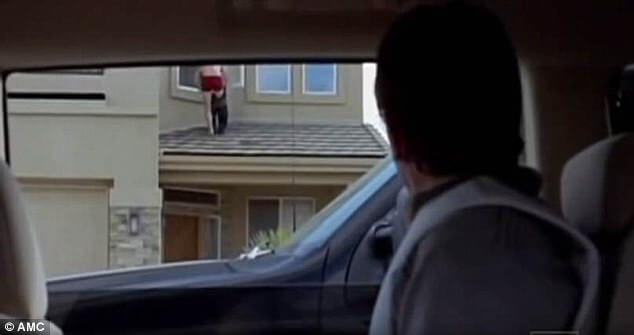
Breaking Bad Symbolism • Visual Symbolism of Chaos
Throughout the first act, we get the sense that Walter doesn’t feel he has control over his destiny. He’s a chemistry genius scraping to make ends meet, fighting for the respect of high schoolers and working at a carwash to support an unplanned second pregnancy.
When he sees a pants-less Pinkman escaping a naked woman’s room in the middle of a meth bust, he sees his antithesis. He sees a young man who, for better or for worse, chases down and seizes his desires regardless of what his conscience or the law might say. Walt also sees someone who is, at the moment, in over their head, barely getting their pants on in time.
In the following scene, Walt chases Jesse down and strong arms him into giving Walt a taste of the business and takes control of both their situations.
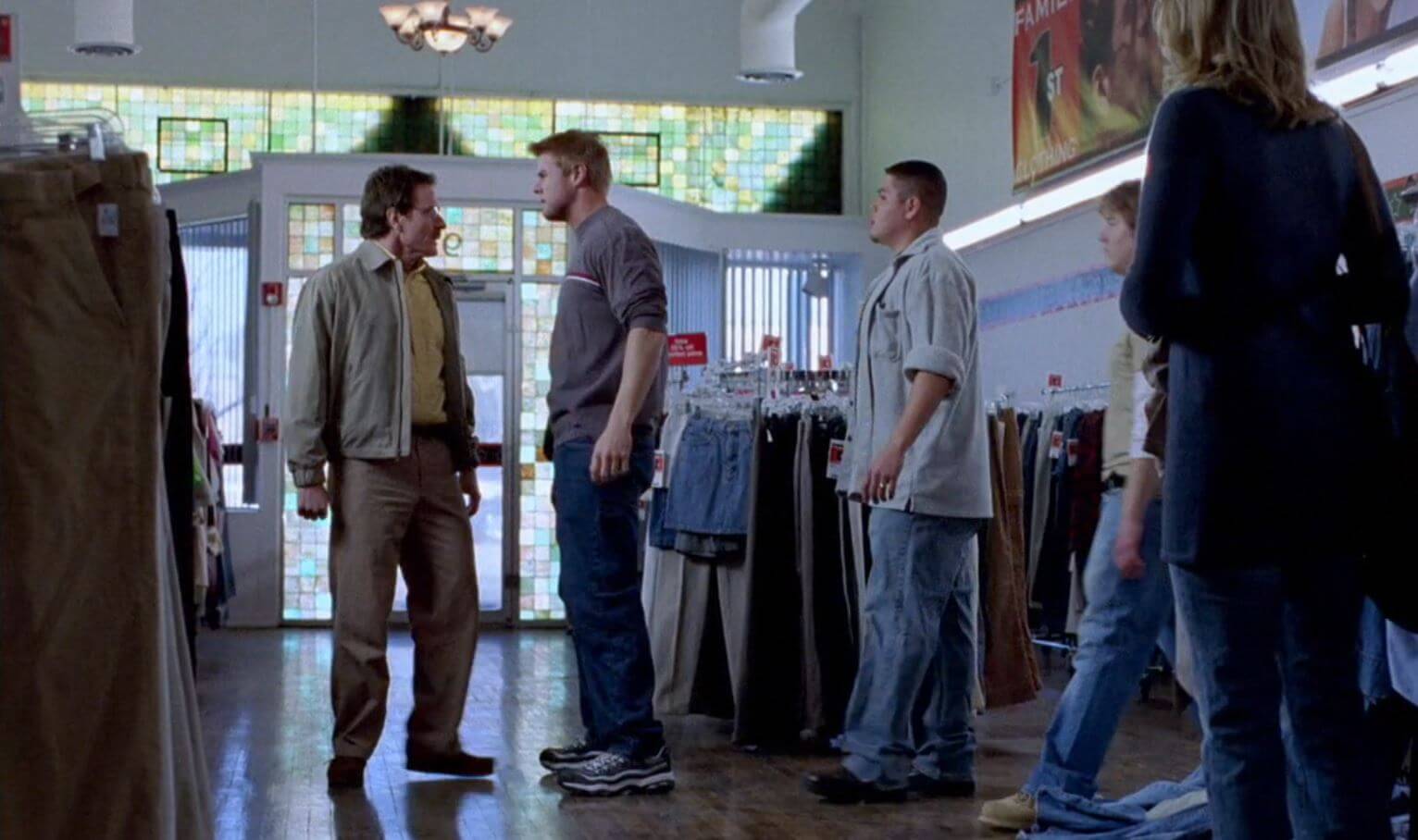
Symbolism of Breaking Bad • Walter In The Mall
Later, we find Walt in a family discount store with his wife, Skyler, and his Son, Walter Junior, who is afflicted with Cerebral Palsy. He helps his son try on a pair of pants, then notices a group of bullies ridiculing Walter Jr’s condition. Walter sneaks up on the group, and nearly cripples one of them in retaliation; something the Walter we met in Act 1 would never do.

Breaking Bad Symbolism • Big Boy Pants Scene
The pants may seem like an inconsequential and cosmetic similarity, but upon closer observation, each of the scenes in which they appear is linked by a narrative theme: Control. Walter thinks he is retaking control of his life, doomed by fate and emboldened by his new criminal enterprises he sees himself as a new man; one in control of his own destiny.
In each scene, the pants symbolize a dynamic of control in that beat of the story, and the recurrence of this symbol develops a motif — a recurring element hinting at a theme.
Breaking bad colors & Symbolism
Props, costumes, and symbols as motifs
Breaking Bad uses a plethora of symbols and metaphors to establish motifs throughout the series and in standalone episodes. The use of color illustrates emotional themes in characters.
For example: Walt often wears green to represent, perhaps to represent his greed, and Skyler almost always wears blue. Each scene affects the colors differently, but each character has a base color to reflect their personality.
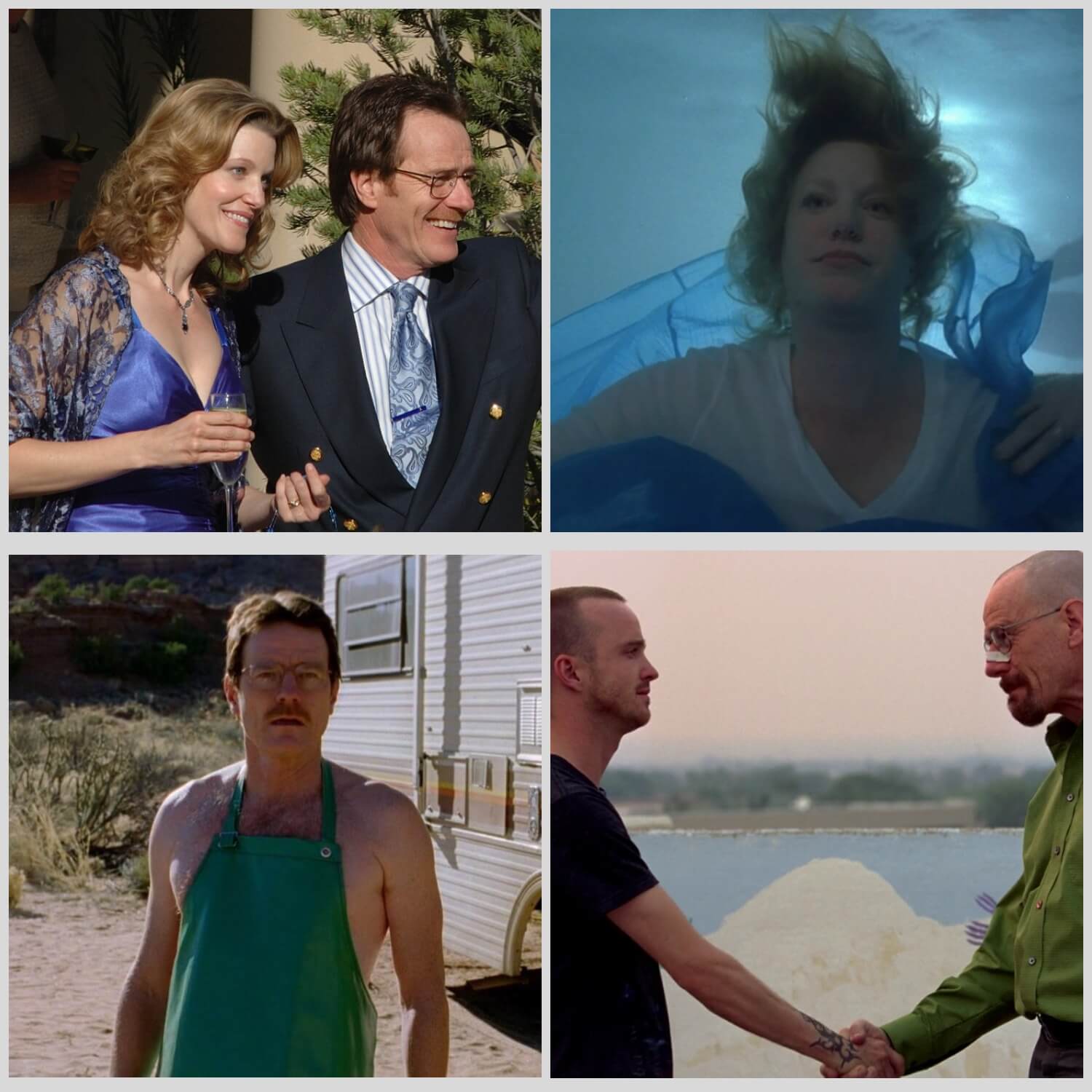
Breaking Bad Color Symbolism
In Season 3, Ep. 10’s “The Fly,” Walt obsesses over the presence of a fly in his lab, insisting work can’t continue until the pest is killed. Jesse becomes wary of Walt, throughout the episode, asking him to get rest and begging him to go home and stop working, but Walt refuses.
As a stand alone, the hunt for the fly could be a metaphor for Walt’s perfectionism and determination, but there’s something else at work.

Breaking Bad Symbolism • 'The Fly' Metaphor
We focus on the fly many times throughout the episode, often in POV shots, and it is never caught until Walter confesses to Jesse in an exhausted stupor that he wishes he’d died sooner and that he now regrets some of their choices.

Breaking Bad 'The Fly' Episode • The Universe is Random
The prominence and ever presence of the fly, even after this confession, represents the looming threat of death and the consequences of Walt’s actions that he knows he will never be able to escape.
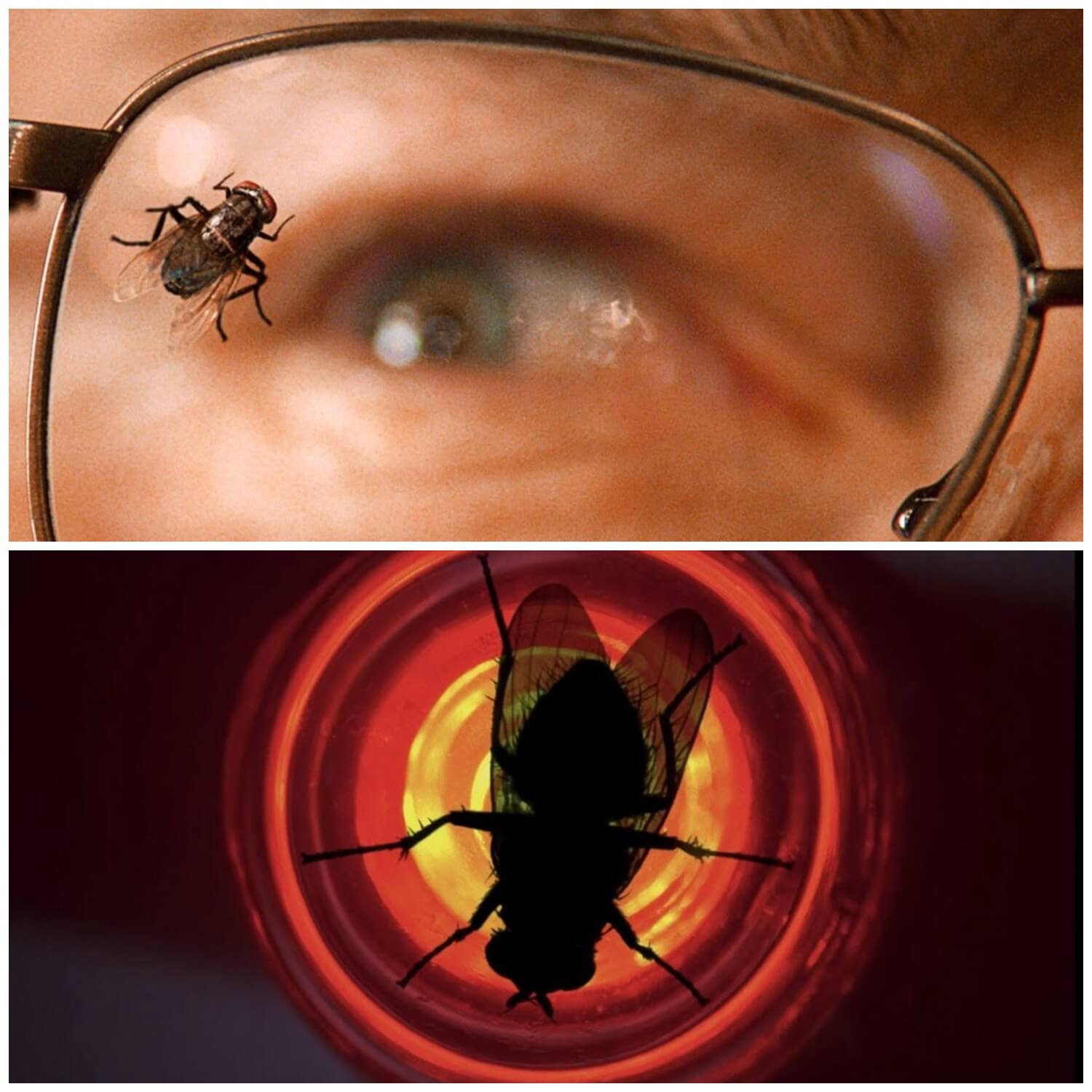
Fly Motif In Breaking Bad
Perhaps the strongest layered motif in the entire series deals with the theme of vision. Characters, Jesse in particular, are often injured in a manner that hinders their eyesight, symbolizing a lack of vision, or a blindness to the consequences of actions.
At the beginning of Season 3, Walt struggles to face the reality that his actions have led to the deaths of innocent people and the decay of his family, but he refuses to take responsibility for his choices and soon pushes right back into his criminal activity.
While Walt doesn’t himself show any injuries, the lack of vision is reflected by his windshield, which is heavily damaged twice in the season.
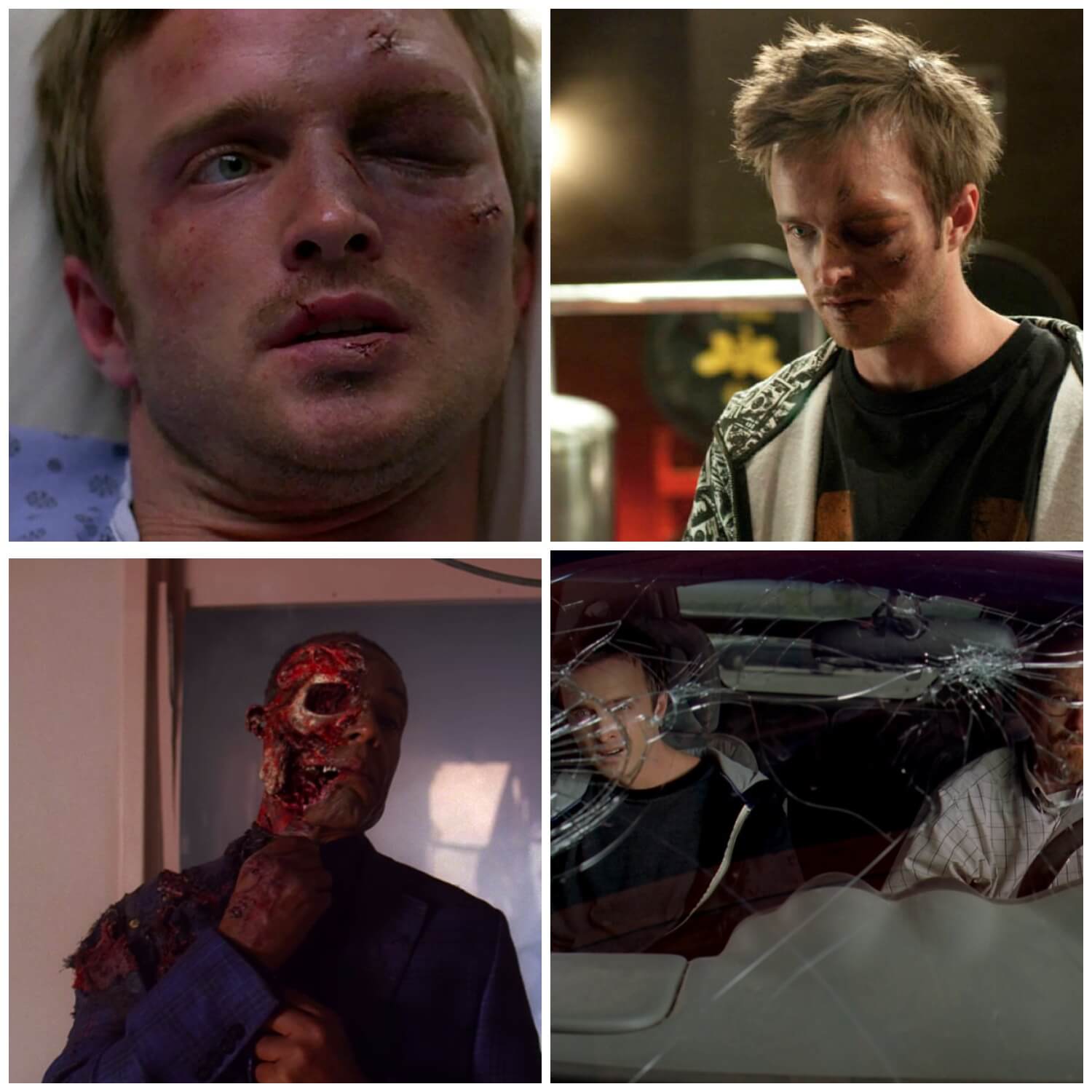
Breaking Bad themes and symbols • 'Hindered' Eyesight
Another great visual motif comes to life through the symbolic prop of a teddy bear’s eye. We first see the bear, missing an eye with half of its face burned off, floating in a pool as a cold open in Season 2.
More details about the image unfold as the season progresses, and it turns out to be wreckage from a plane crash indirectly caused by Walter.
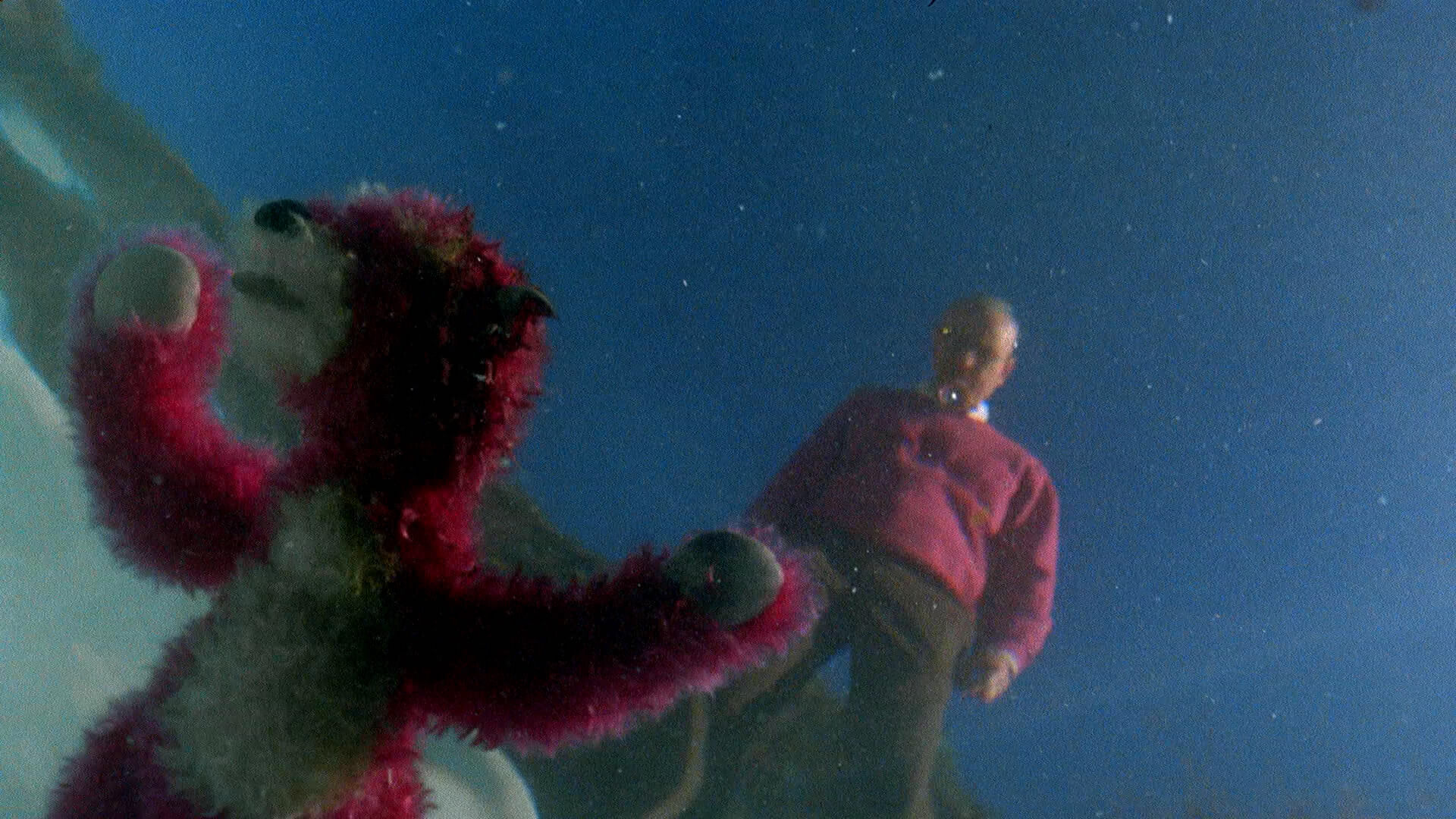
Pink Teddy Bear Breaking Bad Symbolism
In Season 3, Ep. 1, “No Mas,” Walter finds the bear’s eye in the filter of his pool. Shortly after, his DEA agent brother in law, Hank, shows up to help Walt move his stuff out of the house as the result of a marital separation that Walter is strongly against. In a tense moment, Hank picks up a duffel bag filled with illegal drug money and Walter tries to wrestle it away from him. Walter diffuses the moment with a joke, but it’s a close call.
Later in the same Episode, Walter drops the eye under his bed, just before Skylar shows up and demands a divorce, citing Walter’s secretive activity. He confesses to being a drug dealer and promises to quit, in hopes of winning his family back, but fails and incriminates himself in the process of doing so.
The eye keeps appearing at moments of transition and consequence, either when Walter is getting a comeuppance, or when he’s saved by an external force. The eye gives us the suggestion that someone is watching him, and becomes representative of the eye of God; watching in hopes that he will change his ways, but waiting in judgement for when he doesn’t.
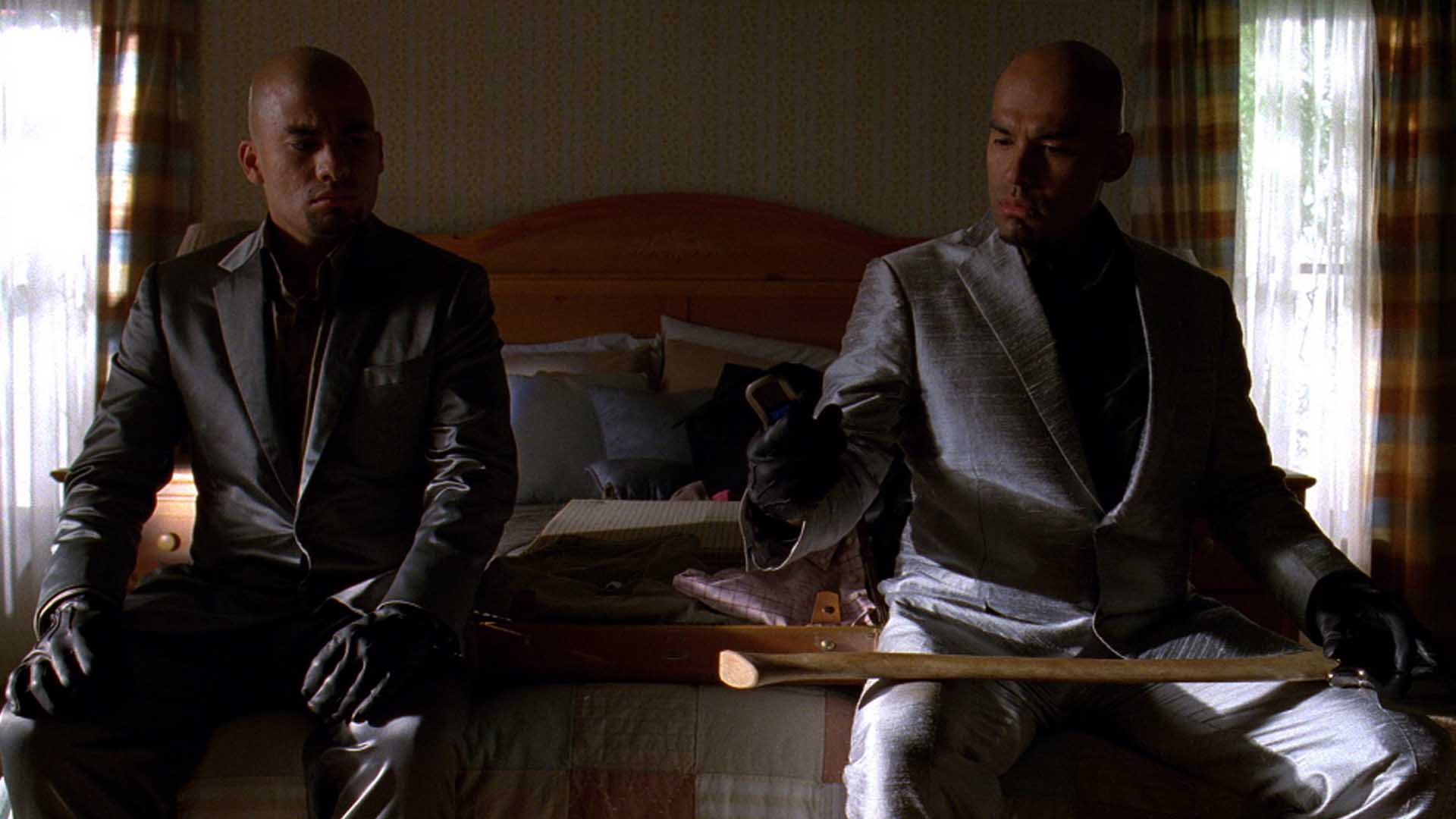
Breaking Bad Symbolism • Cartel Assassins
We see it again in Season 3, Ep. 2, “Caballo Sin Nombre,” when Walter is hunted down by twin Cartel assassins. While waiting for Walter to come out of the shower, the assassins find the eye sitting on a bed and pick it up, just before they get a phone call from their ally requesting that Walter not be killed.

Breaking Bad Themes • Cartel Assassins Scene
It resurfaces once more in Season 4, Ep. 1, when Walt is missing and Skylar breaks into his apartment looking for clues. The scene signifies a more direct involvement in his criminal behavior, which she avoided completely until now, and with the eye of God staring her down, we as an audience know that she will face judgement.
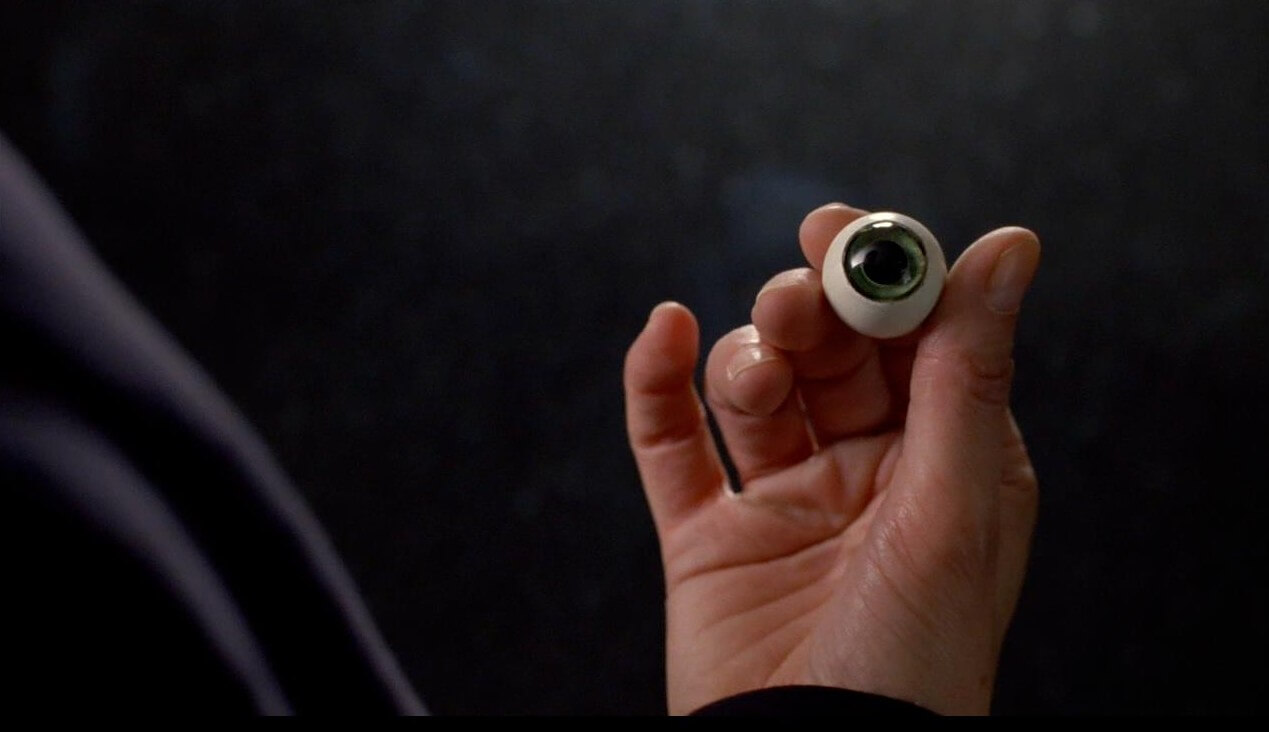
Symbolism of Breaking Bad • God Staring Down Allusion
Visual storytelling provides many opportunities to hide extra meaning in a narrative. Understanding motifs and how to identify them is the first step in learning to seize these opportunities in your own work. Hopefully these examples can provide useful guidance on how to start.
UP NEXT
Using props to enrich narrative
Now that we’ve looked at how motifs work, hopefully you have a better understanding of how you might deepen themes or subtexts in your own stories. You also may have gained a new appreciation for how to strategically employ props and other symbols to do so. Consider learning more about how props influence narrative by exploring how they work in other films and television shows. In the next article, we look at some prime examples of how classic iconic props brought their stories to life.
Up Next: Iconic movie props →
Showcase your vision with elegant shot lists and storyboards.
Create robust and customizable shot lists. Upload images to make storyboards and slideshows.
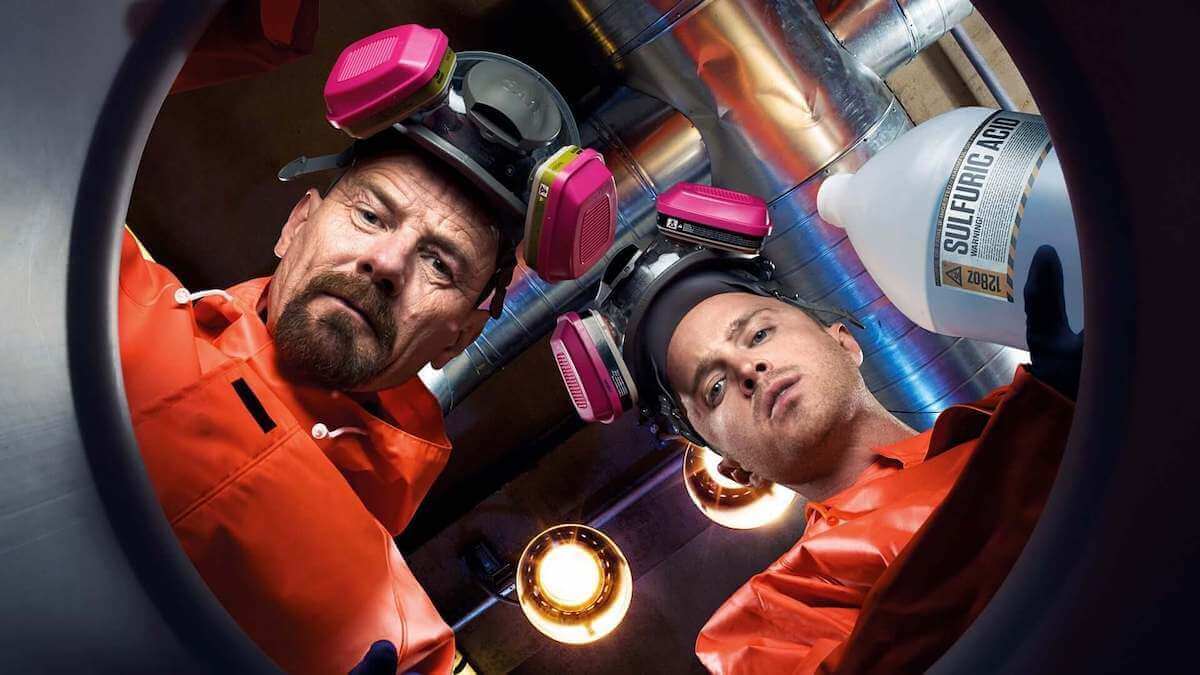
Studiobinder always inspires me with their observations. One of my favourite shows . Thank you …Studiobinder